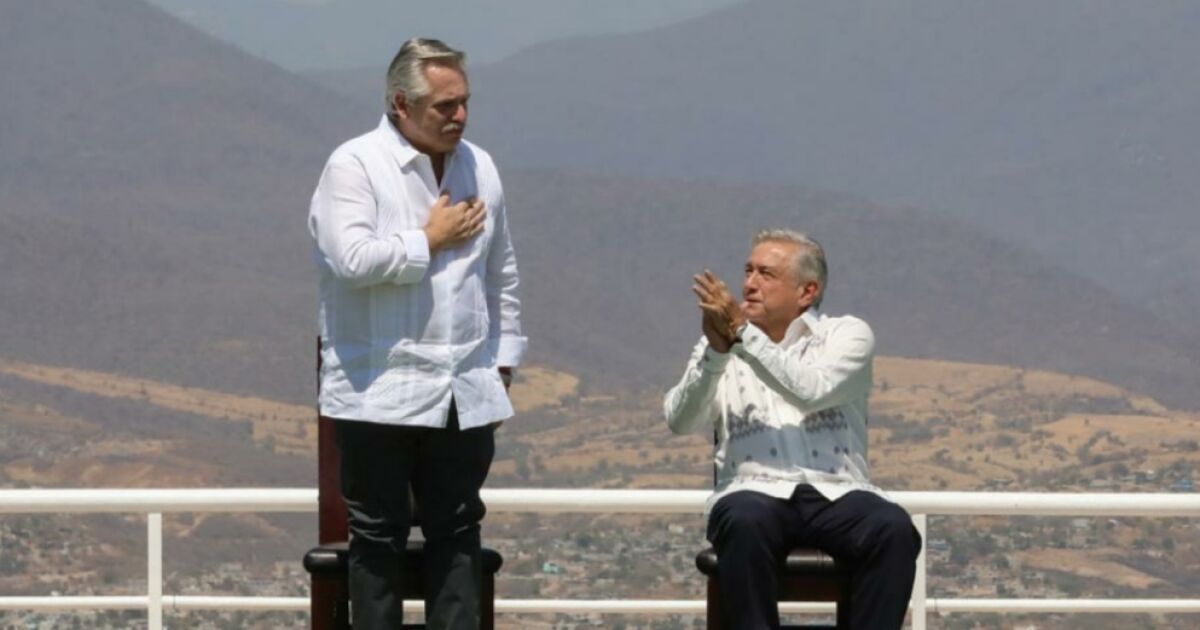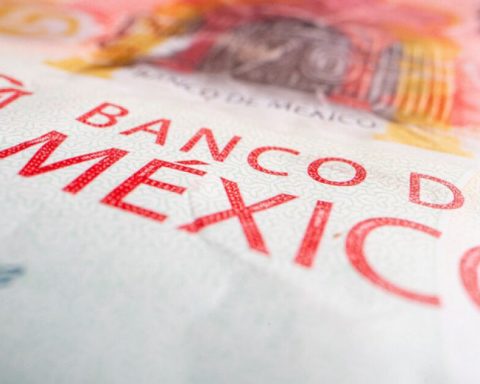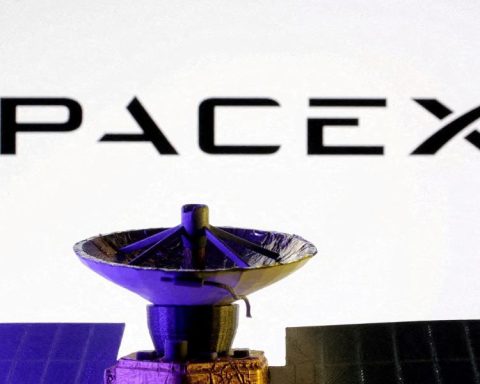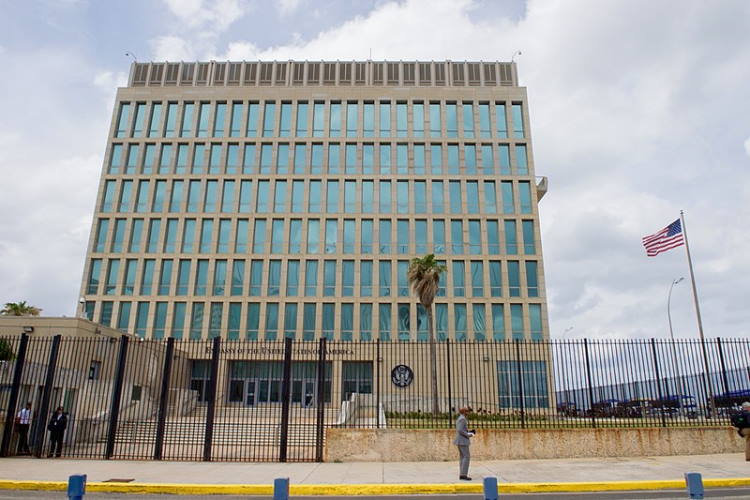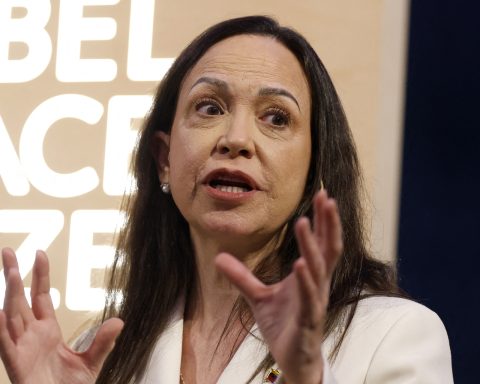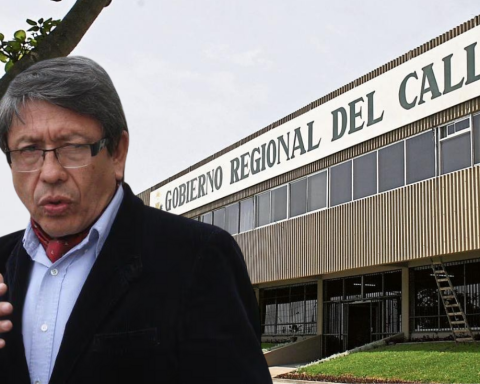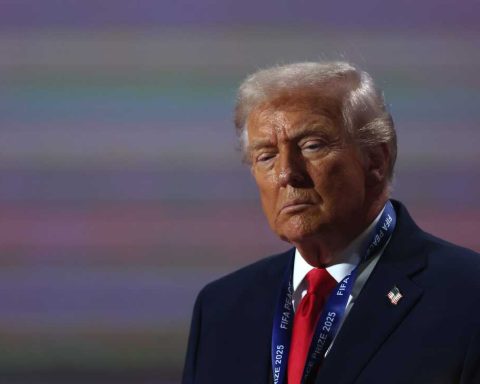“Indeed, the relationship has not evolved. Are two economies that have become increasingly delinked. There are few companies that interact and Mexico, which is an open economy, is used to acting more with markets with which it has free trade agreements than with Argentina,” Marcelo Elizondo, general director of DNI Consultores and an expert in international trade, told Efe. .
Since the signing of the EPA, Argentina has gone on to have a deficit balance in the trade balance with Mexico, going from a surplus of 149.5 million dollars in 2007 to a negative balance of 185.3 million dollars in 2008, which gradually increased to a record of 1,520.5 million dollars in 2011 and a deficit that last year was around 646 million dollars.
In terms of exports, Argentina practically exports to Mexico half of what it sold 15 years ago: 696.1 million dollars last year, against 1,439.4 million in 2007.
Mexico, for its part, went from exporting to Argentina a value of 1,521.8 million dollars in 2007 to selling it for 1,342.8 million last year, which implies a reduction of 11.7%.
Although Mexico is the country “that has taken the most advantage of the bilateral relationship” because it has a surplus, trade represents only 0.3% of Mexico’s total trade, said María Esther Morales, a researcher at the Regional Center for Multidisciplinary Research (CRIM).
“We did not even reach 1%, so what this trade means in relation to the Mexican economy is very small. However, for the Argentine market it is very important to have a commercial partner like us”, comments the academic from the National Autonomous University of Mexico (UNAM).
a political friendship
The deal is wasted despite the friendship professed by the current presidents of both countries, who for the first time coincide in identifying themselves with the Latin American left.
“Being a friend of a president does not increase trade. The economies are complemented by other factors, not by political friendships: by the integration of companies and value chains and by economic complementarity. And that does not happen between Argentina and Mexico,” said Elizondo, also a consulting member of the Argentine Council for International Relations.
Despite the data, Mexican Foreign Minister Marcelo Ebrard and his Argentine counterpart, Santiago Cafiero, boasted about the achievements of the ESA during the South American official’s visit to Mexico last May.
“Argentina and Mexico have been developing and growing bilateral trade in recent years: last year it grew by an average of 50%, and the first records for this first quarter of the year tell us that Argentine exports increased by more than one 90%”, said Cafiero.
The researcher Morales said that “there is all the availability” of the presidents and an “empathy” between them to take advantage of the agreement.
“Unfortunately, on the Mexican side there is very little interest from Mexican exporters to turn to see another market that is not the United States,” he added.
Two key sectors to open
According to a report by the Mexican-Argentine Chamber of Commerce, the main export products from Mexico to Argentina are automobiles and parts for vehicles and mobile telephone devices.
While the main goods exported from Argentina to Mexico are intermediate iron or steel products, as well as automobiles and auto parts.
“Argentina usually has a deficit with those countries that export industrial goods and do not import agricultural goods. On the other hand, bilateral trade is very small compared to the potential that Mexico has, one of the 15 largest economies in the world”, observed Elizondo.
Therefore, the researcher Morales indicated that Argentina usually fights for the agreement between the two countries to open the sectors of raw Materials, meat and foodwhich would also be “convenient” for Mexico.
“What Argentina can sell to Mexico is not going to mean a risk for the trade balance. Mexico would not lose anything, I believe that even Mexican consumers would win, and Argentine exporters would enter a market with purchasing power as important as their main trading partner, which is Brazil”, he argued.
